“The End and the Beginning”
Easter Sunday
March 31, 2024
1 Corinthians 15:1-11
Mark 16:1-8
Children’s Message:
Let me tell you an Easter story. In a little house on the edge of town lived a woman named Jane. Jane loved to garden. Her favorite part of her garden was a patch of earth to the side of her garage. She had bulbs planted there—daffodils, like these yellow plants here. Each spring the daffodils would sprout and bloom. And by July, they would die, retreating back into the soil.
When it was time for Jane to move, she sold her house to the Ruiz family, who moved in during the middle of summer. The parents wanted a place to park their boat, and they thought the barren patch of soil by the garage would be a perfect place to pour asphalt for a pad.
They poured the parking pad that fall. And all winter the family enjoyed the house, and the boat remained parked by the garage. But one spring day, the parking pad looked a little odd. And a few days later, it began to look less and less flat, until one day, one of the kids noticed a green shoot peeking through the asphalt. Within a week, the parking pad was broken into chunks, and daffodils were blooming.
The asphalt couldn’t keep the daffodils from growing and blossoming—from rising in the spring. Jesus’ tomb is like the asphalt. His friends all thought he was dead, so they placed his body in a cave in the rock and rolled a stone in front of it. But three days later, Jesus was alive! The tomb couldn’t keep him locked away.
Let’s pray. Dear God, Jesus showed us that nothing can keep you from living your love for your people. Help us trust your love and your life. Amen.
Message:
Terror and amazement had seized them, and they said nothing to anyone, for they were afraid. This is my absolute favorite Easter story. I appreciate Mark’s description because it’s true to life. We know that events in life are rarely delivered neatly packaged with a nice bow. Instead, life is messy—even the good stuff. Life is chaotic, and we do our best to make sense of it. Life is scary, especially when the unexpected happens. So, I love the way Mark ends this story.
He made a point earlier in the story about how Jesus kept telling those he encountered to stay quiet. Don’t tell anyone. He even had to shush the demons. But everyone, having been told to stay quiet, ran around telling everyone. Who can blame them? Miraculous healing is amazing! Jesus was amazing! And now, when the messenger tells the women to go to Galilee and tell the disciples Jesus is alive, they run in terror and tell no one. And who can blame them? The dead stay dead—everyone knows it.
To be fair, these women really made it quite far. Even when the other disciples hid after Jesus was arrested, the women remained. Even when Peter denied he knew Jesus, the women remained. Even when there was no one left, the women watched near the cross as their beloved died. And even when they didn’t know how they would open the tomb, they were prepared to do the hard and holy work of bathing Jesus’ body with the oils and spices they brought with them.
But this—this empty tomb—was finally too much. There are lots of reasons a tomb winds up empty, and they generally don’t come in the form of good news. The reason I love this ending—without all of the additions tacked on later—is because it leaves us uncomfortable. Mark knows, as well as we do, that the resurrection should make us uncomfortable.
We tend to gather today for worship to celebrate God’s victory. We’ll see a few faces we haven’t seen for a year—maybe a few more we saw at Christmas. We like celebrations. We like the excitement and the fun music. While many will avoid the sorrow of Good Friday, the seeming awkwardness of Maundy Thursday, and the ordinariness of the regular Sunday services, everyone likes to celebrate Easter. It’s the after-game party where we are the winning team.
But that’s not what Mark tells us. Instead, the resurrection isn’t the obvious win in which we get everything we’ve always hoped for. For anyone who experiences anxiety whenever something changes—and that’s all of us—today should push us over edge. Because Jesus’ resurrection means that everything has changed, and we can’t go back again. And if we’re honest, that should scare the hell out of us.
We’re like the Israelites wandering in the wilderness. Just because we’re free doesn’t mean that we know what to do with it. Just because we’ve been given new life doesn’t mean we know how to live it. Just because we’ve been given the taste of salvation doesn’t mean we know how to swallow it. And just because we’ve been promised that God is doing something new in the world doesn’t mean we actually believe it.
You see, the resurrection is a two-edged sword. On the one hand, we see it as God’s victory. But on the other hand, like the women at the tomb, we also know that the truth of the resurrection means that things will get harder, not easier. The early believers were persecuted for their faith. Paul, before his conversion, tortured and killed hundreds of Jesus-followers. The Roman Empire tortured and killed thousands of Christians.
And besides the persecution of the faithful, we know full well that the world is full of brokenness, and sometimes it seems to be getting worse. Parents aren’t supposed to sell their children into sexual slavery. States aren’t supposed to allow discrimination of under-protected groups of people. Women shouldn’t still be worrying about their bodily rights. Homeless people shouldn’t be locked up just for being homeless. People shouldn’t be locked away just for seeking better lives in an ever-changing climate. Racism, poverty, and hunger aren’t supposed to still exist. If the resurrection is true, what do we have to say about the world around us?
Again, that’s why I love Mark’s approach. He doesn’t clean it up for us. He starts the gospel like this: “The beginning of the good news of Jesus Christ.” And he ends with: “They said nothing to anyone, for they were afraid.” The point is, the resurrection isn’t the ending—it’s still part of the beginning. Mark makes it clear that the story is far from being over. He invites us to step in and pick up where the women left off.
You see, we’re all too eager to do the victory dance—but we’re not to the end, yet. The promise is ours. Victory has begun. This is the beginning off the good news. But we’re not to the end, yet. We’re in the in between. We’re still teetering between death and life. We’re still holding our breath, peeking into the tomb. We’re still hearing the echoes of the messenger: “He is not here. He is risen.” We’ve still got one foot in the tomb and one foot on the road.
To be sure, this world is being changed. We are being changed—though neither look the way we might hope or expect. God’s promise of new life invites us to imagine a world where life is meaningful, where reconciliation, forgiveness, and grace take root and grow amidst the thorns of disbelief and violence.
Though the resurrection should scare us, the promise takes away our excuses for taking refuge in fear. Instead, Jesus gives us reason to hope in the face of fear. He gives us reason to love in the face of hate. He gives us reason to forgive in the face of pain. He gives us reason to dream in the face of despair.
N. T. Wright suggests that all of this post-Easter distress we bear witness to in this world isn’t evidence that the resurrection didn’t happen. Rather, it’s the best evidence of the truth of the resurrection. It’s what happens when the devil knows he’s been beat and is now cornered by the Savior. A cornered beast will keep fighting until there is no fight left. But let us not be fooled by this. Jesus has, indeed, defeated death. The good news has begun.
And though we might be tempted to throw a party one day and run in fear the next, God’s message still remains. “Go. Tell the others that Jesus has gone ahead. And you will see him, just as he told you.”
Pastor Tobi White
Our Saviour’s Lutheran Church
Lincoln, NE

